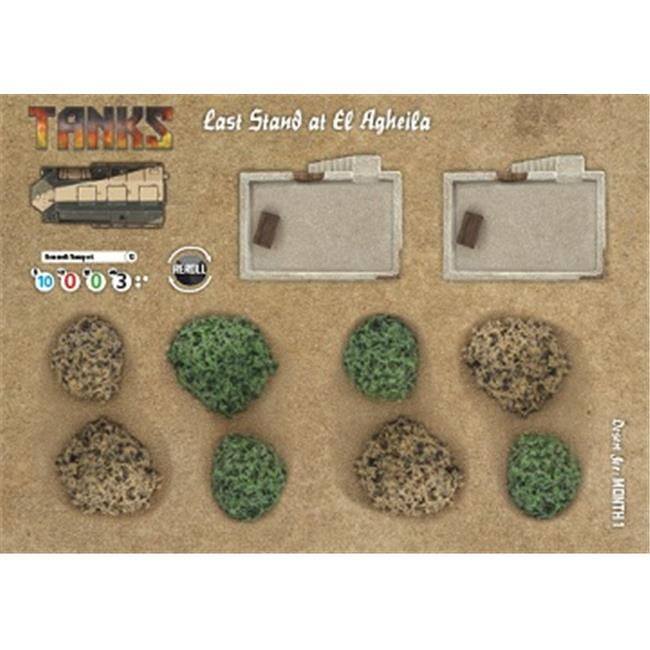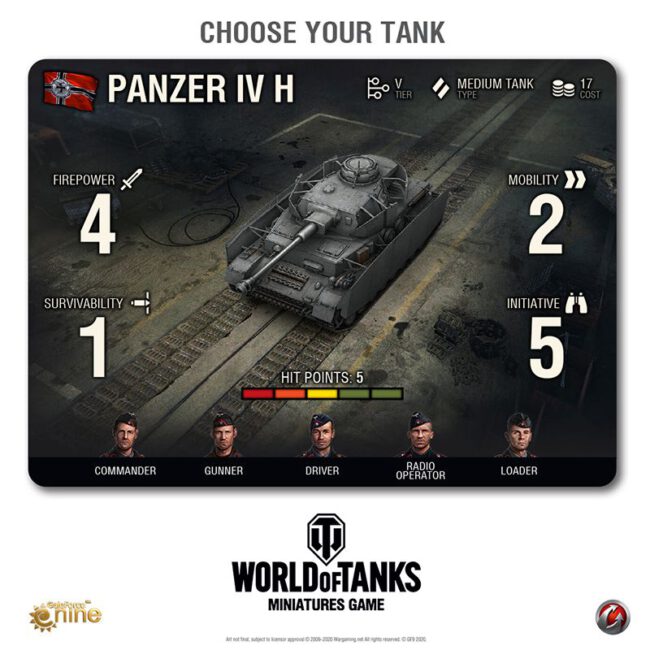
During each phase, players act in a certain initiative order based on the phase and also based on the values on their Tank Cards. Once players are ready, they’ll line up their tanks on sides of the play area and begin turns that have a Moving Phase, a Shooting Phase, and a Command Phase. Each tank is a high detail miniature which is very satisfying for a game like this. This range is usually from 80-200 for 2 player matches with tanks costing around 50 points.

In most games, the contestants agree on a total point cost and then choose tanks and extra equipment for that budget. The core box comes with 2D cardboard groves of trees, hills, and a couple of buildings (again 2D).įinally, players bring their loadout of choices for equipment and bonus cards for their tank(s). The addition of terrain for cover and/or concealment is also necessary since tank battles tend to be uninteresting without some terrain for strategy. Players each will choose a set of miniature plastic tanks and set up the play area (a standard 36” square works for basic matches). And, most impressive, games take 20-30 minutes, but it really depends on how many tanks each player controls. Any more than that and it would probably not be enjoyable. The box says it’s for 2 players, but there’s no obstacle to playing with teams of 4 or 6 players. This incarnation of a World War II tank-based game is aimed at gamers just getting into the miniatures side of gaming.

The World of Tanks online battle game has beamed down to the gaming table. And, of course, gamers with choices will undoubtedly want someplace to start.Īs products go, it’s also an age where the tabletop experience might go digital and, in this next case, vice versa. Now in 2020, the options for miniature wars are endless from ancient troops to the far future fictional(?) forces in space. These play experiences predate modern tabletop gaming going back into an era when hobby shops were synonymous with gaming stores.

The tabletop is certainly no stranger to military miniatures games.


 0 kommentar(er)
0 kommentar(er)
